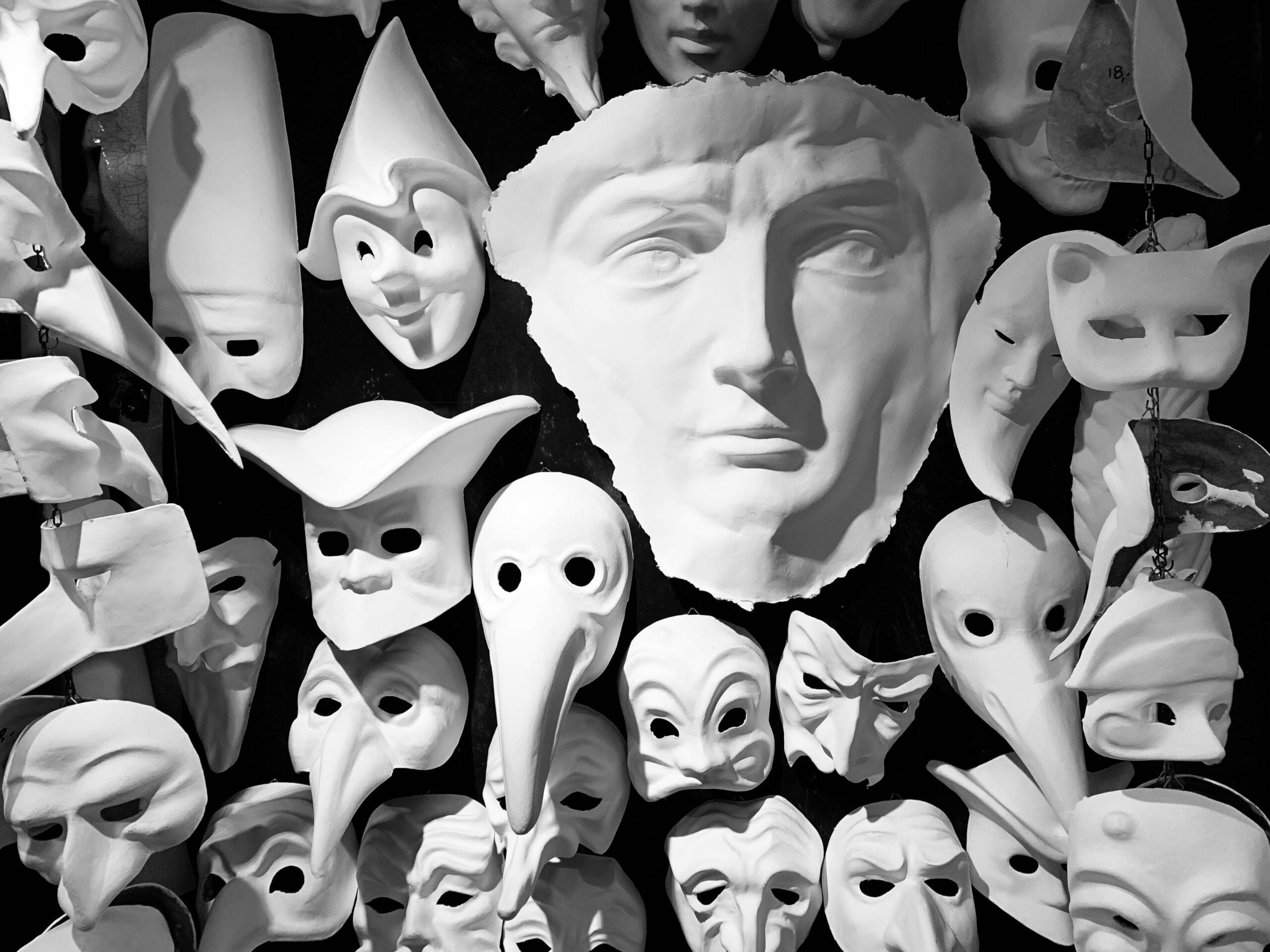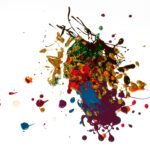Prepare to journey back in time and unlock the secrets of an ancient healing art that has stood the test of centuries – acupuncture. In this captivating article, we embark on a quest to discover the birth of this extraordinary practice, delving into the annals of history to uncover the origins and beginnings of acupuncture. Join me as we unravel the mysteries surrounding this traditional Chinese therapy, revealing the fascinating story of how it came into existence and evolved into the transformative medical technique we know today. Brace yourself for a riveting exploration of the birth of acupuncture, as we unveil the captivating tale behind this remarkable practice.

Discovering the Birth of Acupuncture
Did you know that acupuncture, the ancient Chinese practice of inserting needles into specific points on the body, has a fascinating and storied history? Let’s journey back in time and uncover the origins of this remarkable healing technique.
The Earliest Beginnings
In the quest to understand the birth of acupuncture, we must look back to a time when stone, bamboo, and fish bones served as the precursors to the metal needles we associate with the practice today. These early tools were used to stimulate specific points on the body, with the aim of relieving pain and improving overall well-being. With each whittled implement, the foundation for acupuncture was laid.
Key Point: The birth of acupuncture can be traced back to the use of primitive tools made from stone, bamboo, and fish bones.
Ancient Chinese Medicine
As we delve further into history, we find that acupuncture has been an integral part of Chinese medicine for centuries. The practice evolved and flourished, intertwining with the cultural fabric of the nation. From its early beginnings to its integration into Chinese society, acupuncture proved to be more than a passing fad. It became deeply ingrained in the tradition of medical healing, earning its place as a respected and time-honored practice.
Key Point: Acupuncture has a long and esteemed history within Chinese medicine, evolving over time to become an integral part of healing practices.
The Arrival in the West
While acupuncture has thrived in China for centuries, its journey to the West took place more recently, in the late 1960s and early 1970s. As American soldiers returning from the Vietnam War brought tales of its healing powers, interest in acupuncture piqued among Westerners. This newfound fascination sparked a wave of acceptance and research, leading to its gradual integration into Western medical practices.
It is worth noting the significant event in the development of acupuncture— the First National Symposium of Acupuncture and Moxibustion and Acupuncture Anaesthesia— held in Beijing in June 1979. This gathering marked a turning point in the recognition and acceptance of acupuncture as a legitimate medical therapy.
Key Point: The arrival of acupuncture in the West, along with the First National Symposium in Beijing, played a crucial role in the global acceptance and integration of acupuncture as a respected medical practice.
Advancements and Discoveries
Since the 18th century, efforts to explore and study acupuncture have been actively pursued. Physicians and researchers have worked tirelessly to unravel its mysteries and apply its principles to clinical practice. Over time, new techniques, such as Acupuncture Anaesthesia, have been developed, expanding its potential applications and further solidifying its place within the medical community.
Key Point: Acupuncture has been the subject of extensive research and exploration since the 18th century, leading to advancements and discoveries that continue to enhance its effectiveness and broaden its applications.
The Power of Acupuncture
Beyond its historical journey, it is essential to understand the profound impact acupuncture has on individuals seeking pain relief and improved well-being. Its benefits are manifold; acupuncture has been known to alleviate chronic pain and stress, enhance fertility, support pregnancy, and even aid in mental health disorders. This ancient healing technique has stood the test of time, offering a holistic approach to health and well-being.
Key Point: Acupuncture offers a multitude of benefits, including pain relief and potential advantages for pregnant women, making it a powerful tool for promoting overall health and well-being.
The birth of acupuncture is an enigma that has intrigued medical practitioners, historians, and individuals seeking alternative healing methods. This ancient Chinese practice has captivated our attention for centuries, standing as a testament to the power of holistic medicine. By charting its evolution and understanding its foundations, we can fully appreciate the transformative impact acupuncture continues to have on individuals’ lives.
So, have you discovered the birth of acupuncture? Join us on this fascinating journey and unlock the secrets of this ancient healing art.
Key Point: By understanding the birth and historical development of acupuncture, we can fully appreciate the transformative impact it continues to have on individuals seeking alternative healing methods.
When Was Acupuncture Invented? Discover the fascinating history behind this ancient healing practice. Acupuncture has been around for thousands of years, with its origins traced back to ancient China. The precise time of its invention is still debated among scholars, but it is believed to have originated around 100 BCE. If you’re curious to learn more about the origins of acupuncture and how it has evolved over time, click here When Was Acupuncture Invented to explore this intriguing topic further.
FAQ
1. What is acupuncture and how does it work?
Answer: Acupuncture is an ancient Chinese medical technique that involves inserting small metal needles into the skin and underlying tissues at precise points on the body. It is believed that these points are interconnected by pathways called meridians, through which the body’s vital energy, or Qi, flows. By stimulating these specific points, acupuncture aims to restore the balance of Qi and promote healing.
2. What is the history of acupuncture?
Answer: The practice of acupuncture has a long history in Chinese medicine and has been used throughout Chinese history. Its origins can be traced back to whittled stone, bamboo, and fish bones, which were likely the earliest tools used for acupuncture. Over time, the practice evolved, leading to the use of metal needles. Acupuncture has been researched and studied since the eighteenth century, with efforts to apply it into clinical practice.
3. How has acupuncture evolved over time?
Answer: Acupuncture has undergone significant evolution over time. The First National Symposium of Acupuncture and Moxibustion and Acupuncture Anaesthesia, held in Beijing in June 1979, marked a significant event in the development of acupuncture. The arrival of acupuncture in America in the late 1960s and early 1970s sparked interest and acceptance of the practice in the West. The early stages of acupuncture acceptance as respected medicine in the West are recounted in a book by Steven Rosenblatt, MD, PhD, LAc, and Keith Kirts.
4. What are the benefits of acupuncture?
Answer: Acupuncture has various benefits, including pain relief and potential benefits for pregnant women. It is commonly used to relieve pain, cure diseases, and improve general health. Research has shown that acupuncture may help alleviate chronic pain conditions such as back pain, migraines, and arthritis. Additionally, it has been found to have potential benefits for pregnant women, such as reducing morning sickness and relieving pregnancy-related discomfort.
5. Is acupuncture widely accepted as a form of medical treatment?
Answer: Acupuncture has gained significant acceptance as a form of medical treatment, both in China and in the Western world. While it had been practiced in China for millennia, its arrival in the West and subsequent research and studies led to its recognition as a respected medicine. Acupuncture is now considered a complementary therapy in many healthcare systems and is frequently used alongside conventional treatments for a wide range of conditions.
- Jesus Bible: Discover Jesus’s Story Throughout Scripture - April 27, 2025
- Don Luis: Unraveling the 16th-Century Virginia Mystery - April 27, 2025
- Captain J’s Kauai Tours: Unforgettable Na Pali Coast Adventures - April 27, 2025
















